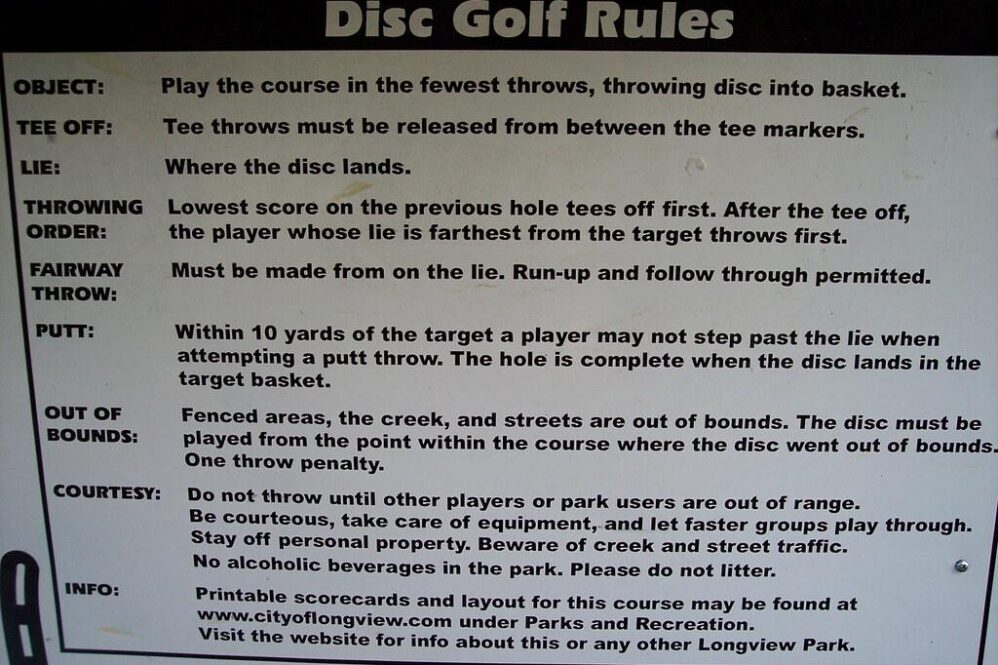Golf Etiquette: Rules and Conduct
Golf is a game of etiquette and sportsmanship. Players are expected to conduct themselves in a respectful and sportsmanlike manner at all times. This includes respecting the course, other players, and the rules of the game.
The rules of golf are designed to ensure fairness and safety for all players. They cover a wide range of topics, from how to play the game to how to behave on the course. Some of the most important rules of golf include:
- Playing the ball as it lies. This means that players must not improve their lie or the position of their ball in any way.
- Taking no more than the allotted number of strokes. Players are allowed a maximum of 14 strokes per hole, regardless of the difficulty of the shot.
- Repairing divots and ball marks. Players are responsible for repairing any damage they cause to the course, such as divots or ball marks.
- Being respectful of other players. This includes not talking during someone else’s backswing, not crowding their playing line, and not giving unsolicited advice.
In addition to the rules of golf, there are also a number of unwritten rules of etiquette that players are expected to follow. These rules help to create a positive and enjoyable environment for everyone on the course. Some of the most important rules of etiquette include:
- Being on time for your tee time. This shows respect for the other players in your group and for the course staff.
- Dressing appropriately. Golf is a traditional game, and players are expected to dress in a respectful and professional manner.
- Being quiet on the course. Golf is a game of concentration, and players should avoid making noise that could distract other players.
- Tipping the staff. The staff at golf courses work hard to maintain the course and provide a positive experience for players. It is customary to tip the staff, especially if they have provided you with good service.
By following the rules of golf and the unwritten rules of etiquette, players can help to create a positive and enjoyable environment for everyone on the course. Golf is a challenging and rewarding game, and it is important to play it in a respectful and sportsmanlike manner.
Respect for the Course
While playing the game of golf, be aware of your surroundings. Observing your environment while playing includes following proper golf etiquette and demonstrating respect for the golf course. These actions not only expedite pace of play but also enhance the course for everyone. The following points of etiquette will help both new and experienced golfers respect the golf course:
- Exercise proper golf etiquette. This includes replacing divots, repairing ball marks on the greens, and raking bunkers.
- Be aware of your surroundings and avoid damaging the course. This means taking care not to drive your cart over tees or greens, and not hitting balls into areas where they could damage the course.
- Respect the pace of play. This means keeping up with the group in front of you and not taking an excessive amount of time to play your shot.
By following these simple guidelines, you can help ensure that the golf course is in good condition for everyone to enjoy.
Behavior Towards Fellow Golfers
Always be courteous and respectful of your fellow golfers, both on and off the course. This includes being mindful of your language, your behavior, and your body language. Be sure to avoid any actions that could be seen as unsportsmanlike or disrespectful, such as talking during someone else’s backswing, or throwing clubs in frustration.
When interacting with fellow golfers, it is important to be respectful of their space and their time. Avoid crowding them or talking over them. Be mindful of your volume, and be sure to avoid using profanity or other offensive language. If you have any questions or concerns, be sure to ask politely and respectfully.
If you are playing in a group with other golfers, be sure to keep up with the pace of play. This will help to ensure that everyone has a chance to enjoy their round. Be sure to be ready to hit your shots when it is your turn, and avoid taking excessive time to line up your putts or make other decisions. If you are struggling to keep up with the pace of play, be sure to let the other golfers know so that they can adjust their expectations.
Handling Challenges and Disputes
Disputes on the golf course can happen. When facing a dispute, the first step is to remain calm and respectful. Don’t let emotions take over and say or do something you may regret later. By staying calm, the situation may be resolved quickly and amicably.
If a dispute cannot be resolved on the spot, it is important to seek help from a referee or other official. The referee will be able to make a ruling on the dispute. It is important to remember that the referee’s ruling is final and should be respected.
Here are some tips for handling challenges and disputes on the golf course:
- 1. Stay calm and respectful.
- 2. Seek help from a referee or other official if necessary.
- 3. Respect the referee’s ruling.
- 4. Be willing to compromise.
- 5. Learn from your mistakes.
By following these tips, you can help to ensure that your golf outings are enjoyable and free of disputes.
Results for query: “How do I handle pressure situations on the golf course?” are not included on the given search result pages.





